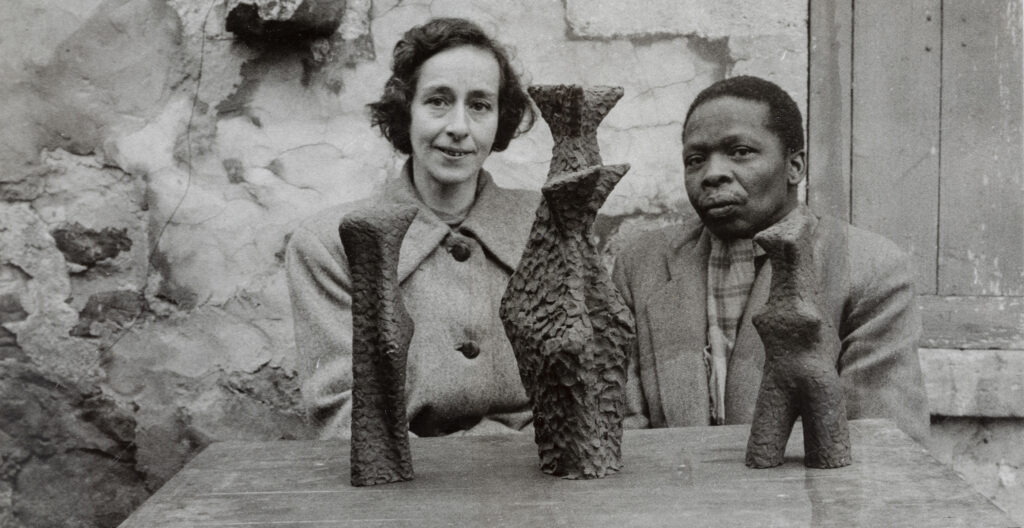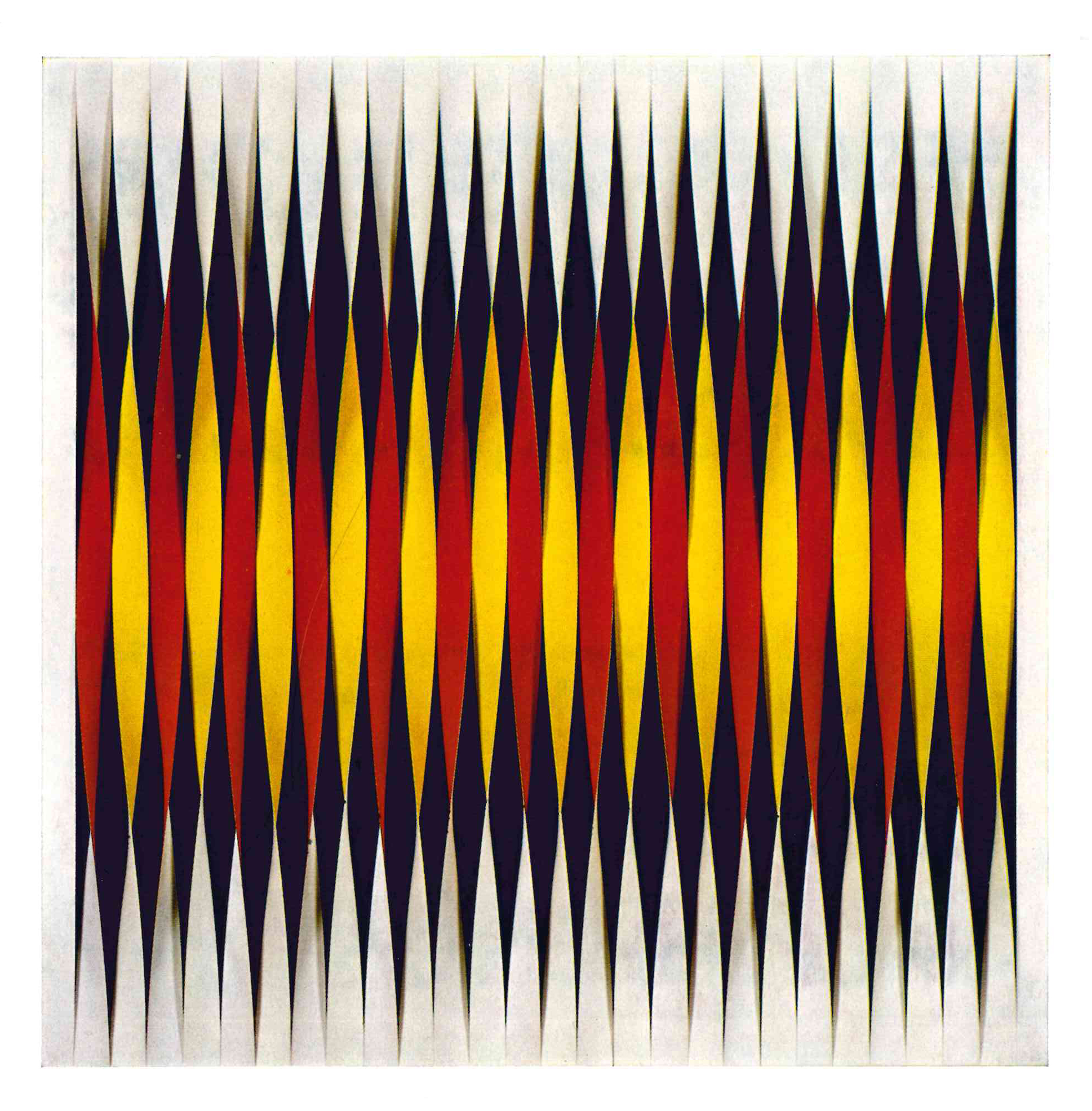


The idea for this exhibition was born at a meeting with Belgian artists in the autumn of 1970, when we were put in contact with the Belgian Ministry of Culture and the department for Belgian art and exhibitions abroad. We owe thanks to the department and its director, F. de Lulle, for the work and the costs they took on in connection with the exhibition.
Belgian art history has been informed by its vulnerable geographic and political position. In our days, Belgium is maybe more than ever the centre of Europe, which has also come to be reflected in the country’s rich art life.
It is a delight to be able to show two of Belgium’s currently foremost artists in Södertälje konsthall, artists who represented their country at the Venice Biennale in 1970.
The concept of “art in Belgium” holds a couple of the highlights of European painting.
The old Dutch-Flemish art’s bloom during the 15th century is a unique event in the history of art. Political changes, a nascent democracy and a boom in commerce – Flemish tapestries were wanted all over Europe – created bourgeois citizens interested in art, whose taste made up the social and aesthetic conditions for the great artistic production.
The development of this production was begun by Jan van Eyck, whose style came to be important far outside the Flanders. Inside the country’s borders, his soulful realism became the starting point for a powerful tradition, who only Pieter Brueghel the older, and later, during the baroque area, Pieter Paul Rubens could break. The conditions were now completely different. The art benefitted during the 17th century by the counter reformations and became Catholic and aristocratic.
The universal genius Rubens lived up to the ideal type that those times idealised. He received monumental commissions, which he was able to carry out by tying many of his time’s more prominent and promising younger artists to him as assistants and collaborators.
Modern day Belgium became an independent nation first after 1830, after having been since the 15th century under Burgundy, Habsburg and Spanish rule, occupied by France and Austria, and finally merged with Holland. During the 19th century, a new economic boom created the conditions needed for a new development of the arts. As the most prominent figure in Belgian painting in modern times, we see James Ensor. With his paintings saturated by light and symbols, he anticipated the 20th century’s expressionist and surreal art. In the modern generation during the interwar years, the expressionist Constant Permeke and the surrealists Rene Magritte and Paul Delvaux became leading figures. The international focus in Belgian art, which began with the surrealism continued after the Second World War with a geometric or expressively abstract painting, where the Belgian-Dutch-Scandinavian CoBrA group appears.
Ingvar Claeson